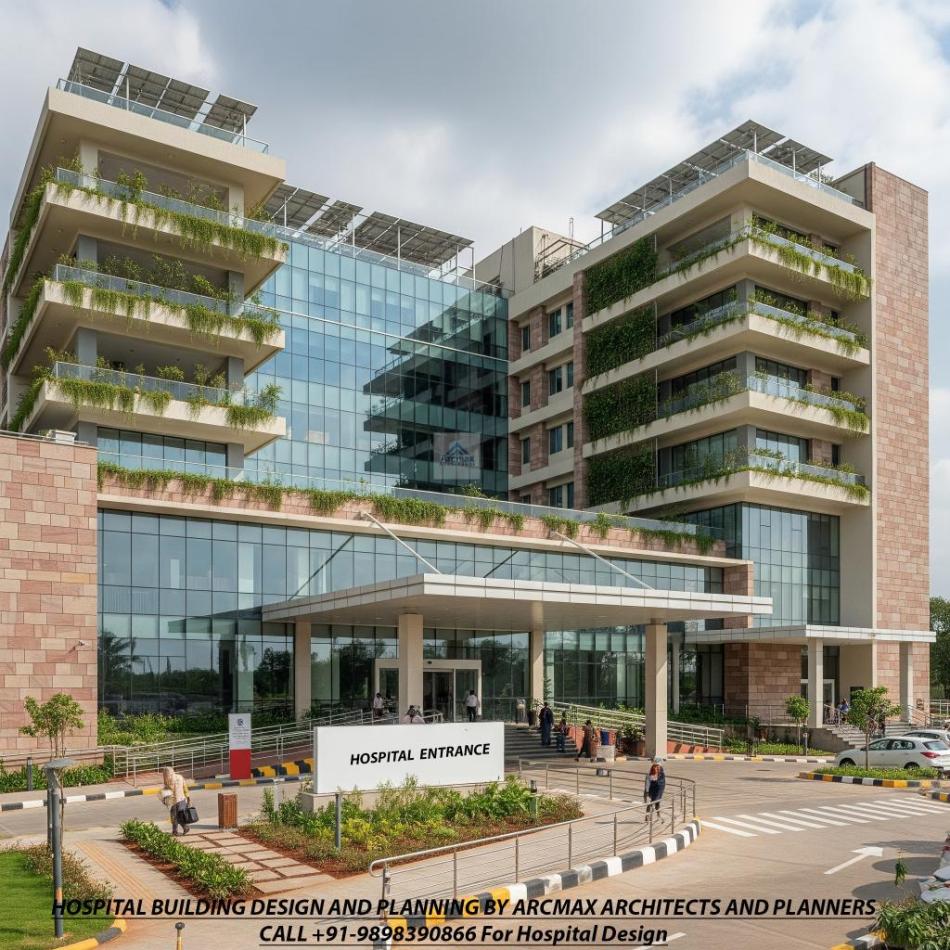Bakeri City, Pincode: 380015 Ahmedabad, Gujarat, India,
244 Madison Avenue, New York, United States
Our Client






Sustainable Healthcare Building Design and Planning
Embracing Sustainability in Healthcare Building Design
Introduction
As the world becomes increasingly aware of environmental issues, the healthcare sector is also turning towards sustainable practices in building design. Sustainable healthcare building design focuses on creating facilities that are environmentally responsible and resource-efficient throughout their life-cycle: from siting to design, construction, operation, maintenance, renovation, and demolition. This guide highlights the principles of sustainable design in healthcare facilities, which are crucial for organizations in the United States, United Kingdom, India, and globally to adopt for reducing their environmental footprint while enhancing patient care.
Key Principles of Sustainable Healthcare Building Design
Energy Efficiency: Utilizing advanced building materials and technologies to reduce energy consumption. This includes high-performance HVAC systems, LED lighting, and energy management systems to monitor and control energy usage.
Water Conservation: Implementing water-efficient practices such as rainwater harvesting, low-flow fixtures, and sustainable landscaping to minimize water use.
Use of Renewable Energy: Incorporating renewable energy sources like solar panels and wind turbines to power facilities, significantly reducing reliance on fossil fuels and decreasing greenhouse gas emissions.
Materials and Resources: Choosing sustainable building materials that are non-toxic, recycled, and locally sourced to minimize the environmental impact associated with their production and transportation.
Indoor Environmental Quality: Enhancing indoor air quality through the use of low-emitting materials and providing adequate ventilation. This improves the comfort and health of both patients and staff.
Waste Reduction: Designing spaces that facilitate recycling and waste management, reducing landfill waste and promoting circular economy practices within healthcare facilities.
Challenges and Solutions in Sustainable Healthcare Design
Integrating sustainability into healthcare building design presents challenges such as higher upfront costs and the complexity of retrofitting older facilities. However, these challenges can be mitigated by:
Leveraging government incentives and green financing options to offset initial costs.
Conducting thorough cost-benefit analyses to demonstrate long-term savings and environmental benefits.
Collaborating with experienced architects and builders who specialize in green building practices.
Benefits of Sustainable Healthcare Buildings
Sustainable healthcare facilities not only contribute to environmental conservation but also offer substantial benefits such as:
Reduced operational costs through energy and water savings.
Improved patient outcomes due to better air quality and more natural lighting.
Enhanced reputation and compliance with emerging regulations on sustainability.
Global Trends in Sustainable Healthcare Design
Globally, there is a growing trend towards green certifications like LEED and BREEAM for healthcare facilities. These certifications encourage buildings to meet stringent standards in energy efficiency and environmental design, and they serve as a benchmark for sustainability in the healthcare sector.
Sustainable healthcare building design is a critical approach that aligns with global environmental goals and enhances patient care by creating healthier environments. As more healthcare organizations worldwide, including those in the United States, United Kingdom, and India, embrace these practices, they contribute to a sustainable future while setting new standards in healthcare excellence.

















